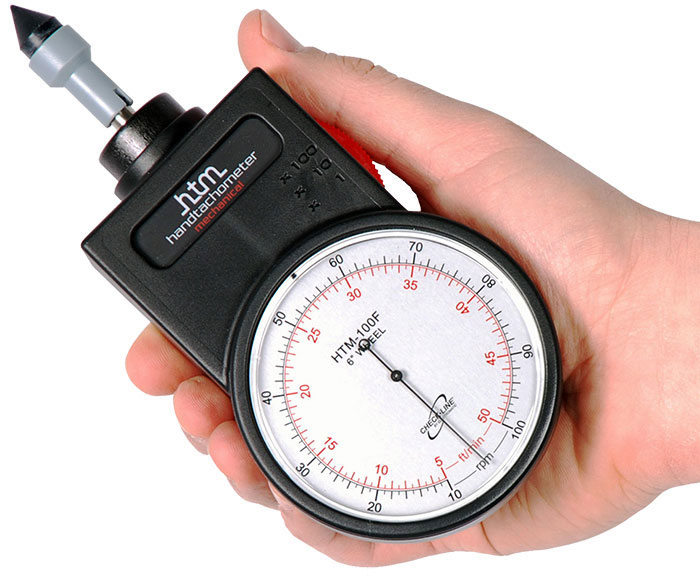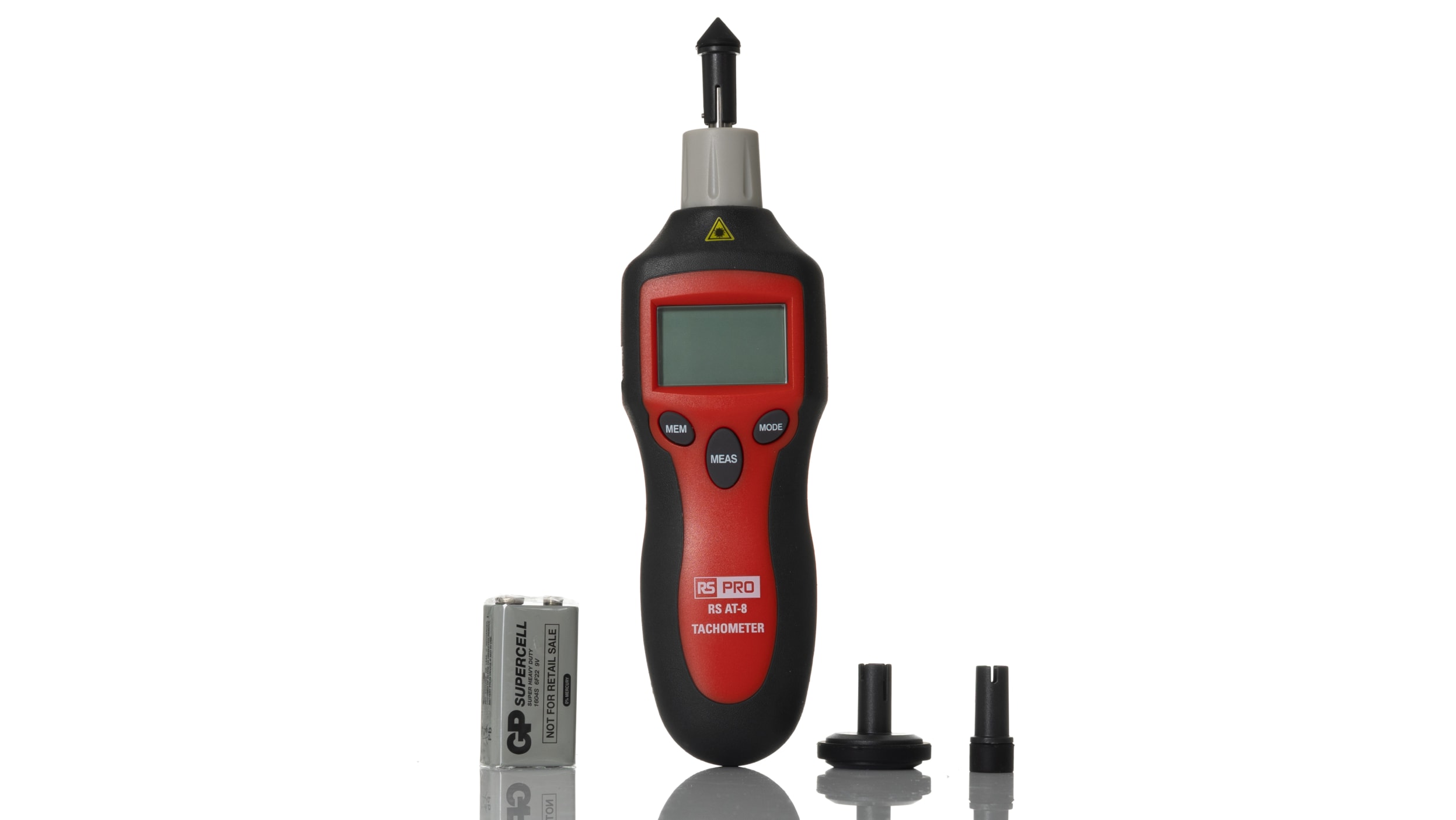Tachometer Fundamentals: Everything You Required to Know for Accurate Readings
Tachometer Fundamentals: Everything You Required to Know for Accurate Readings
Blog Article
Opening the Tricks of Tachometers: Everything You Need to Understand About This Essential Instrument in Your Car
Understanding the ins and outs of tachometers can offer useful understandings into your vehicle's efficiency and upkeep demands. From measuring engine speed to understanding the information it presents, tachometers act as an important device for vehicle owners and lovers alike. By untangling the enigmas behind this necessary instrument, you can open a wide range of information that can improve your driving experience and make certain the longevity of your car.
Significance of Tachometers
The importance of tachometers depends on their capability to provide important real-time information about an engine's rotational speed, permitting specific monitoring and maintenance of equipment. By gauging the changes per min (RPM) of an engine's crankshaft, tachometers offer useful understandings into the engine's efficiency - tachometer. This data is vital for making sure that the engine operates within its optimal variety, preventing possible damages from over-revving or underperforming
Tachometers play an important duty in aiding drivers and professionals identify any type of anomalies in the engine's speed, which can suggest concerns such as gas inadequacy, mechanical issues, or too much strain on the engine. By without delay identifying these issues via tachometer readings, upkeep can be carried out proactively, preventing pricey repairs and downtime in the future.
In addition, tachometers are specifically crucial in high-performance lorries and equipment, where exact control over engine speed is essential for ideal operation. Racing cars and trucks, airplane, and commercial equipment count on tachometers to provide peak efficiency while maintaining security criteria. Essentially, tachometers are not simply tools for gauging speed however crucial devices for guaranteeing the smooth and reliable operation of engines throughout numerous applications.
Just How Tachometers Action Engine Rate
Making use of sensors that find the frequency of electrical pulses created by the engine's ignition system, tachometers precisely measure the rotational speed of an engine. By monitoring the price at which these pulses are gotten, tachometers give real-time comments on exactly how quick the engine's crankshaft is revolving per minute, frequently described as transformations per min (RPM)
The tachometer's sensing unit, commonly linked to the engine's ignition coil or ignition system cords, selects up the electric signals generated each time a cyndrical tube fires. These signals are after that transformed right into RPM readings displayed on the gauge or instrument collection within the vehicle driver's sight. Tachometers can be analog or electronic, with contemporary cars typically including digital displays for exact and instantaneous RPM readings.
This details is vital for drivers to recognize the engine's efficiency, avoid over-revving, optimize gear moving, and guarantee reliable gas consumption. By properly measuring engine speed, tachometers play a crucial duty in aiding motorists run their vehicles securely and effectively.
Translating Tachometer Analyses
Having a clear understanding of how tachometers measure engine rate establishes the structure for effectively translating the RPM readings showed. Translating tachometer readings is important for optimum lorry performance and engine health. RPM (Transformations Per Minute) readings on the tachometer suggest the speed at which the engine's crankshaft is rotating. When the engine is idling, the tachometer needle normally relaxes helpful hints around 600-1000 RPM, depending on the vehicle. As you speed up, the RPM will certainly increase, reflecting the engine's higher rotational rate. When changing equipments in a manual transmission lorry, the RPM will certainly drop as you engage the clutch and adjustment gears, then climb once more as you accelerate in the new gear. Monitoring the tachometer can help you establish one of the most reliable moving points to take full advantage of gas economic climate and engine power. In addition, unusual changes or constantly high RPM readings can indicate prospective issues with the engine that might require specialist interest. By focusing on the tachometer readings and recognizing just how to interpret them, you can ensure your vehicle runs efficiently and efficiently.


Tips for Using Tachometers Properly
To boost driving performance and optimize engine efficiency, what trick methods can be executed for successfully using tachometers? Tachometers are critical devices that offer real-time feedback on engine speed, making it possible for chauffeurs to make educated decisions for far better performance - tachometer. Here are some ideas for making use of tachometers efficiently:
Comprehending Ideal RPM Variety: Acquaint yourself with the optimum RPM (Changes Per Minute) variety for your from this source automobile. This range varies in between various cars and trucks and is typically suggested in the proprietor's guidebook. Maintaining the engine within this variety can boost gas effectiveness and lengthen the engine's lifespan.
Moving Gears at the Right Time: Utilize the tachometer to figure out the best time to change gears. Upshifting prematurely or also late can result in reduced efficiency and performance. Goal to change equipments when the RPM gets to the optimum range for the next equipment.
Monitoring Engine Stress And Anxiety: High RPMs for prolonged periods can strain the engine. Watch on the tachometer to avoid over-revving, especially throughout velocity or when carrying hefty lots.
Tachometers and Lorry Upkeep
When thinking about vehicle upkeep, tachometers play a crucial function in monitoring engine performance and identifying potential issues. Tachometers provide vital data on engine speed, permitting drivers and mechanics to make certain that the engine is operating within the recommended RPM range. Regularly monitoring the tachometer analyses can aid identify issues such as engine misfires, damaged stimulate plugs, or problems with the fuel delivery system. By taking notice of the tachometer, chauffeurs can protect against extreme stress on the engine, which can cause pricey repairs down the line.
In enhancement to finding potential concerns, tachometers can also help in enhancing gas effectiveness. By maintaining the engine rate within the optimum array, chauffeurs can boost their gas mileage and lower fuel intake. This not just profits the chauffeur's budget however additionally adds to environmental conservation by reducing harmful discharges.
Final Thought

Report this page